Nestled in the rugged landscapes of the Scottish Highlands, a groundbreaking initiative is redefining sustainable tourism. The newly launched Affric Highlands Trail has become the world’s first officially designated "carbon-negative" hiking route, setting a bold precedent for eco-conscious travel. Spanning 200 miles through ancient forests, peatlands, and remote glens, the trail not only offsets its own carbon footprint but actively removes more CO₂ from the atmosphere than it generates.
The project is the brainchild of a coalition between conservation charities, local communities, and the Scottish government. By integrating rewilding efforts with low-impact tourism, the trail transforms visitors into participants in climate recovery. "This isn’t just about minimizing harm," explains Dr. Fiona MacLeod, lead ecologist for the initiative. "Every step hikers take contributes to restoring degraded ecosystems that sequester carbon naturally."
How Carbon Negativity Works
Unlike carbon-neutral projects that simply balance emissions, the Affric Highlands Trail achieves negativity through a multi-layered approach. Peatland restoration forms the cornerstone—Scotland’s degraded bogs currently emit 6.4 million tonnes of CO₂ annually, but when revived, they become powerful carbon sinks. Hikers’ fees directly fund these rehabilitation projects, with each visitor sponsoring the rewetting of 10 square meters of peat.
Native tree planting forms another critical component. The trail corridor incorporates 150,000 new Scots pines and birches strategically placed to maximize carbon capture without compromising views. A novel "tree-tracking" system allows hikers to scan QR codes beside saplings they’ve funded, receiving growth updates for years afterward. "It creates an emotional bond with the landscape," says ranger Alistair McGregor. "People return to see their trees thriving."
Beyond Carbon: Biodiversity as Currency
The trail’s environmental accounting extends beyond carbon metrics. Each kilometer is graded on a "biodiversity index" measuring species richness. Sections showing high populations of endangered capercaillie grouse or pine martens receive priority conservation funding. Remarkably, trail construction avoided heavy machinery—paths were carved using traditional hand tools and draft horses to prevent soil compaction.
Local communities play a central role in maintenance through a "guardianship" program. Crofters earn credits for removing invasive rhododendrons, while B&Bs offset guest emissions by installing heat pumps powered by hydroelectric streams. "This isn’t wilderness frozen in time," emphasizes community liaison Moira Henderson. "It’s a working landscape where people and nature actively repair each other."
The Hiker’s Experience
Walking the trail reveals ingenious sustainability integrations. Solar-powered bothies (mountain shelters) feature living roofs that insulate while hosting pollinators. Stone waymarkers contain lichen spores to accelerate habitat regeneration. Even the trail’s signature snack—a protein-rich biscuit made from spent brewery grains and foraged seaweed—embodies the circular economy.
Purists needn’t worry about the route becoming an environmentalist theme park. The raw beauty remains uncompromised, from the haunting moorlands of Knoydart to the crystalline lochs of Torridon. The difference lies in subtle details: educational cairns explaining how particular rock formations store carbon, or biodegradable trail markers that fertilize the soil as they decompose.
Scaling the Model
As international delegations arrive to study the model, questions arise about replicability. Scotland’s unique combination of land ownership laws and community trusts makes certain aspects challenging to export. However, core principles—like the "carbon ledger" tracking each visitor’s net environmental impact—are already inspiring similar projects from Patagonia to Bhutan.
The Scottish government views this as Phase One of a broader vision. By 2045, they aim to convert 30% of the nation’s hiking network to carbon-negative status. "We’re proving that tourism can be a regenerative force," says Environment Secretary Mairi McAllan. "When people experience true sustainability, it changes how they travel everywhere."
For now, the Affric Highlands Trail stands as both a path through spectacular scenery and a roadmap for reconciling outdoor recreation with planetary healing. As climate-conscious travelers increasingly seek meaningful ways to explore, Scotland’s experiment offers something radical: a vacation that leaves the world better than it was found.

By Megan Clark/Apr 11, 2025

By John Smith/Apr 11, 2025
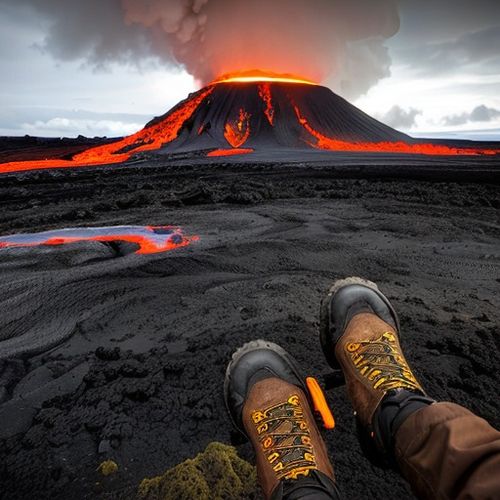
By James Moore/Apr 11, 2025
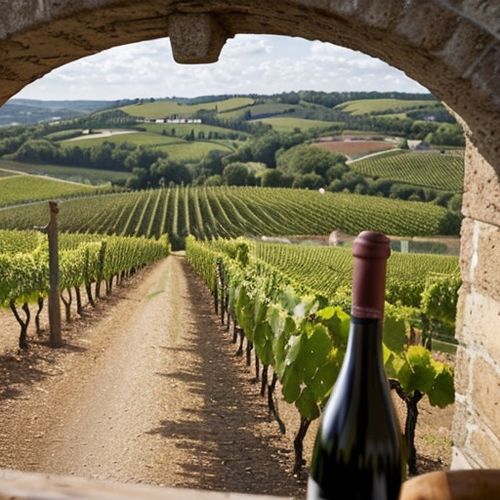
By Victoria Gonzalez/Apr 11, 2025

By John Smith/Apr 11, 2025

By Rebecca Stewart/Apr 11, 2025
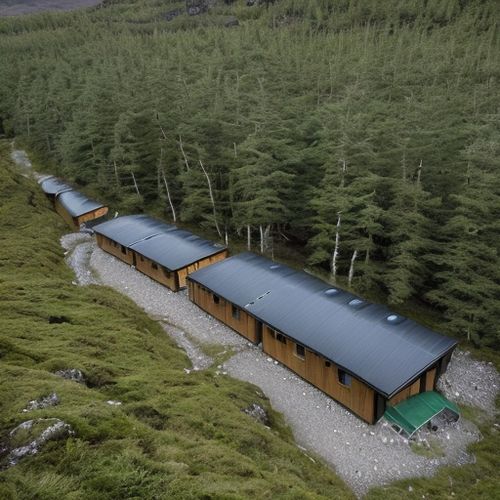
By Megan Clark/Apr 11, 2025
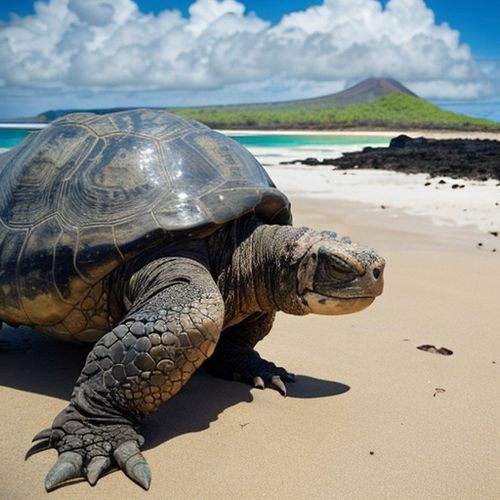
By John Smith/Apr 11, 2025

By Ryan Martin/Apr 11, 2025
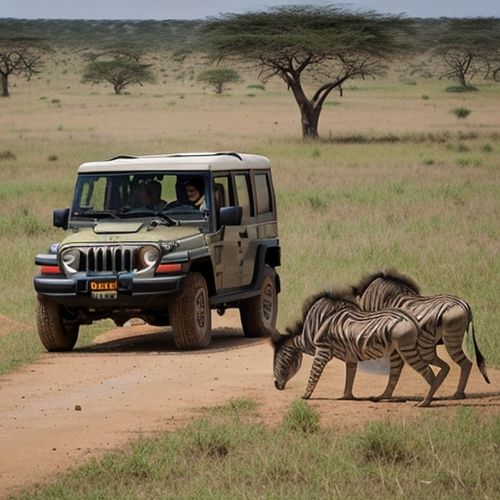
By Samuel Cooper/Apr 11, 2025
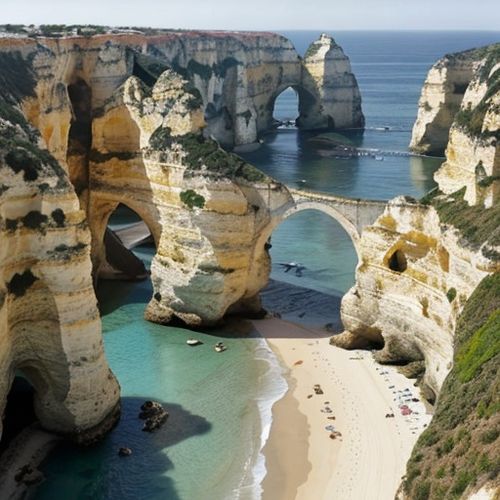
By Emily Johnson/Apr 11, 2025
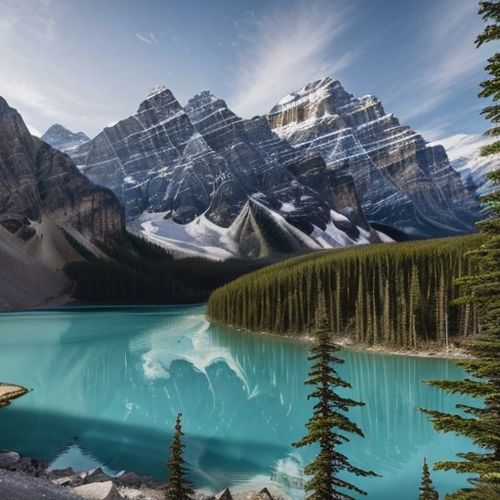
By James Moore/Apr 11, 2025

By David Anderson/Apr 11, 2025

By Ryan Martin/Apr 11, 2025

By William Miller/Apr 11, 2025
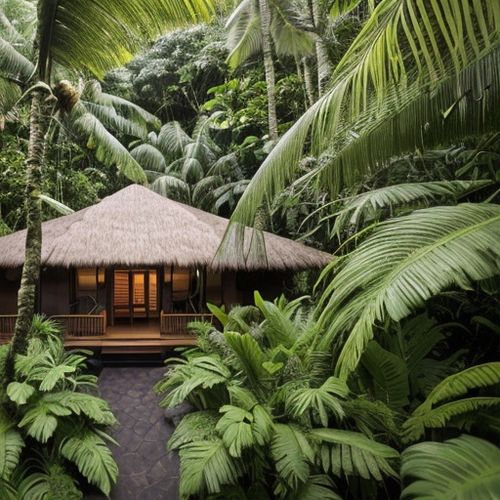
By George Bailey/Apr 11, 2025

By Daniel Scott/Apr 11, 2025
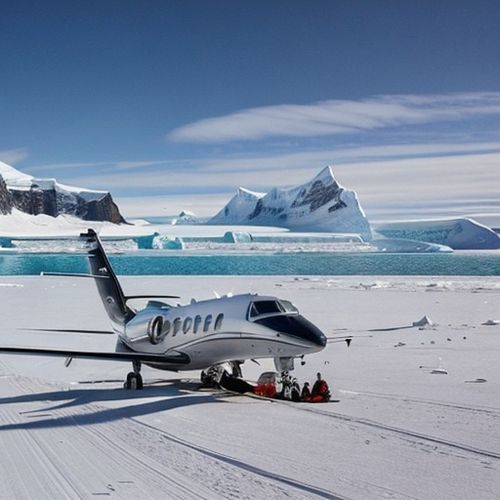
By Sophia Lewis/Apr 11, 2025
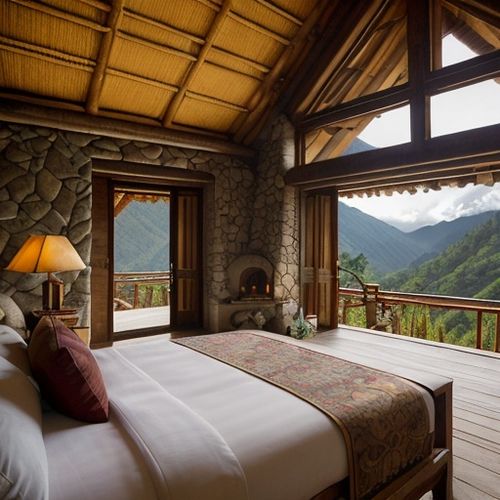
By Megan Clark/Apr 11, 2025

By David Anderson/Apr 11, 2025